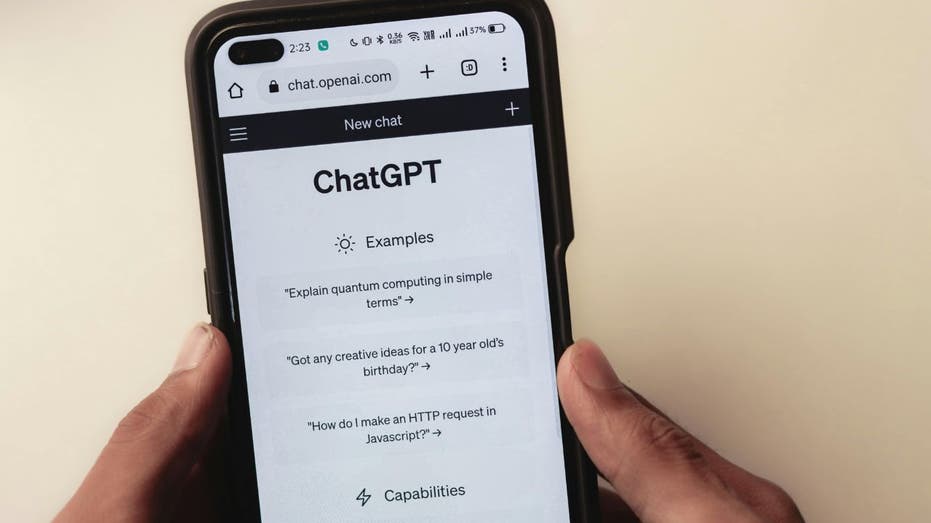OpenAI’s $6.5 Billion Acquisition Sparks Industry Shakeup, Highlighting Apple’s Major AI Challenges
Kurt “CyberGuy” Knutsson warns that OpenAI’s $6.5 billion deal with Jony Ive could threaten Apple’s dominance as AI rivals close in.

OpenAI has announced a landmark acquisition, purchasing io—the AI hardware startup founded by legendary designer Jony Ive—for nearly $6.5 billion. The move signals OpenAI’s ambitions to push far beyond software and artificial intelligence models, bringing together the world of cutting-edge AI and iconic consumer product design in a bid to redefine personal technology.
Jony Ive joins OpenAI in a top creative role, alongside his experienced design and engineering team, many of whom previously contributed to some of Apple’s most successful devices. Their collaboration with OpenAI CEO Sam Altman is aimed at inventing new forms of hardware that could leave current smartphones and laptops obsolete. While full details have yet to be revealed, the first product is expected as soon as 2026. Early reports suggest a focus on a “screenless” AI device—one capable of understanding its environment and providing assistance in entirely new ways.
Apple, once unmatched in both innovation and design, now faces a fresh challenge. The company has lagged behind rapid advances in AI, and the partnership between OpenAI and Ive could pose a serious threat to its dominance. Investors have already expressed concern, with Apple’s share price dropping after the announcement. Unlike competitors such as Google, which have attempted to rival Apple with their own takes on smartphones and AI integration, the OpenAI-Ive partnership is charting a new course: designing devices around artificial intelligence from the ground up and moving away from conventional screens.
Though Altman and Ive are keeping specifics confidential, they have hinted at an entire family of AI-powered devices. The vision centers on seamless, natural interaction—technology that understands each user’s context, responds intuitively, and helps people connect, create, and work without the need for constant screen time. The device isn’t expected to resemble a phone or smart glasses, but instead will take the form of something entirely new, aiming to fit into daily life with the same impact as the iPhone or MacBook did at their debut. OpenAI has reportedly set a goal to ship 100 million units faster than any previous product launch in tech history, underscoring its ambitious expectations.
For OpenAI, this is the largest acquisition in its history and marks a bold entry into the world of consumer gadgets. By leveraging Jony Ive’s design vision, the company hopes to leapfrog Apple and define the next chapter of personal computing. Meanwhile, Apple faces mounting pressure to revitalize its own approach to AI and recapture the magic of earlier innovations. The competition is no longer just about making the best phone—it’s shifting toward redefining how humans interact with technology in a world increasingly shaped by artificial intelligence.
The partnership between Sam Altman and Jony Ive brings together unique strengths in AI development and product design. If their collaboration succeeds, it could spark a massive transformation in how people use and think about everyday devices, challenging long-held assumptions about what personal technology should be. As the race to lead the next era of innovation heats up, all eyes will be on what comes next—and who will ultimately shape the future.




